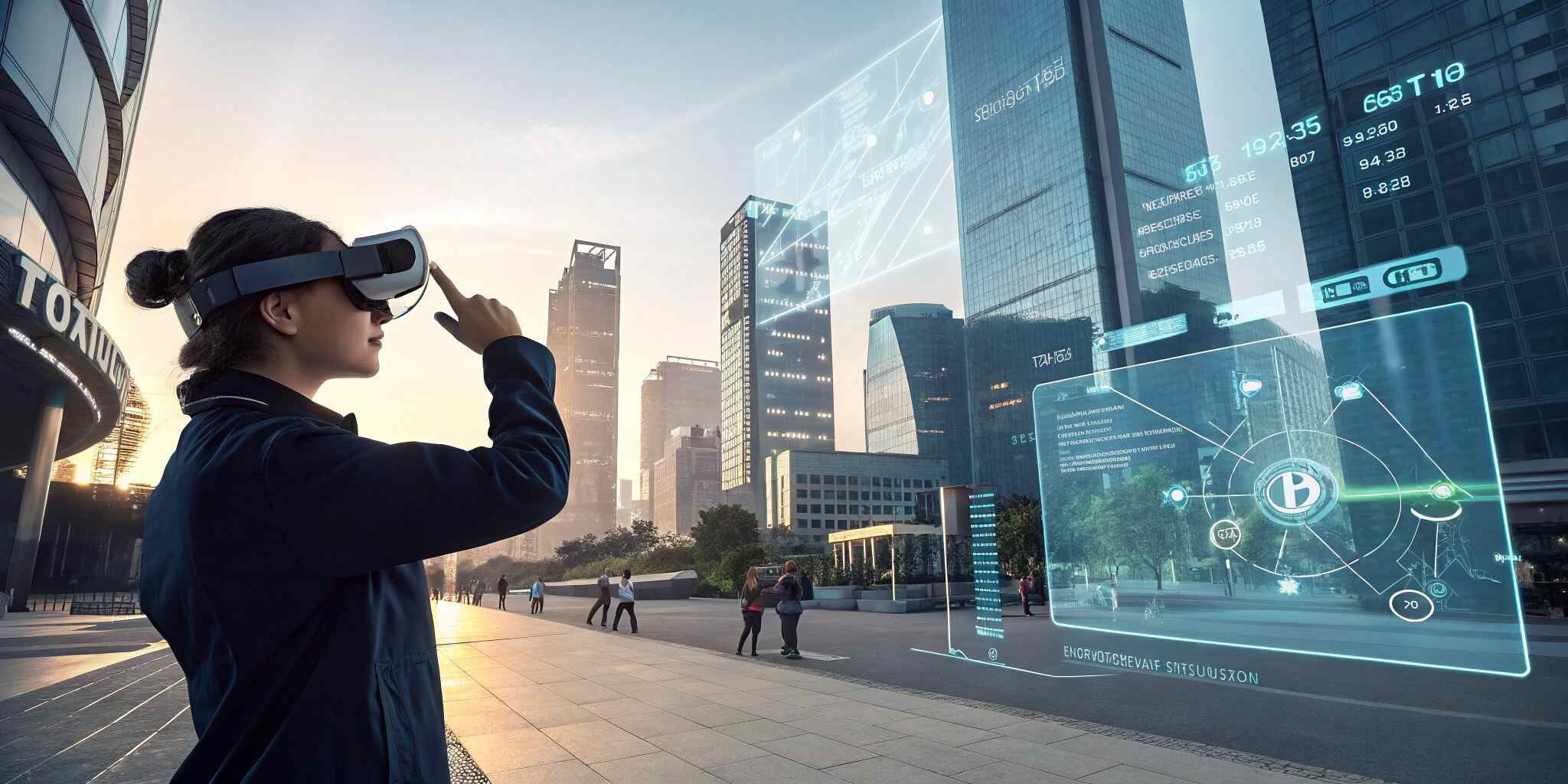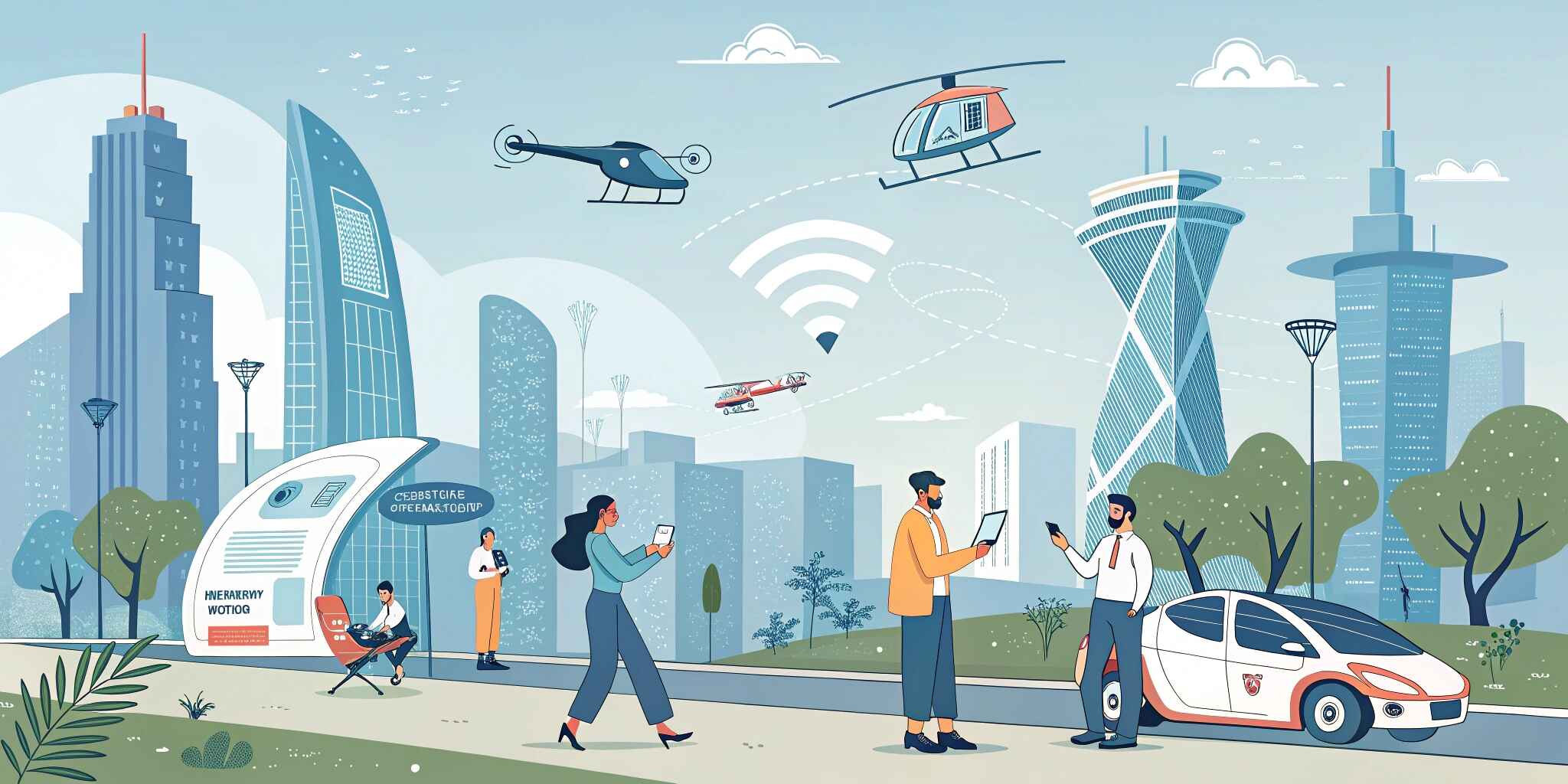Augmented Reality (AR) has come a long way from sci-fi movies and mobile games like Pokémon Go. With rapid technological advancements and increased accessibility, AR is becoming an integral part of our daily routines. But what does the future hold for this exciting technology in everyday life?
1. AR in Shopping
Retail is one of the biggest beneficiaries of AR. Virtual try-ons, interactive product demos, and AR-powered in-store navigation are already changing the way we shop. Imagine being able to see how a piece of furniture fits into your room using your phone—or trying on clothes virtually before purchasing them online.
2. Education and Learning
AR has immense potential in education. Interactive AR models make abstract concepts more tangible. For example, students can explore the solar system in 3D or dissect virtual frogs without needing physical specimens. This hands-on approach increases engagement and improves retention.
3. Healthcare Applications
From assisting in complex surgeries to patient education, AR is revolutionizing healthcare. AR glasses can provide surgeons with vital real-time information during operations. Patients can also use AR apps to understand their medical conditions through 3D visualizations.
4. Navigation and Travel
AR-based navigation apps overlay directions on the real world, making walking and driving more intuitive. In tourism, AR can provide historical information about landmarks in real time or offer immersive virtual guides.
5. Work and Collaboration
Remote work has boosted the need for better collaboration tools. AR can create virtual workspaces where teams can interact with 3D models, diagrams, or documents. This is especially useful in industries like architecture, engineering, and design.
6. Home and Daily Tasks
AR can enhance daily activities such as cooking, exercising, or home improvement. For instance, AR-enabled cooking apps can guide you through recipes step-by-step by projecting visual instructions on your countertop.
7. Entertainment and Gaming
Gaming is already leading the charge in AR adoption, but the future holds much more. AR will merge physical and digital worlds to create fully immersive experiences, including concerts, live sports, and interactive storytelling.
Conclusion
The integration of AR into everyday life is just beginning. As hardware becomes more affordable and developers continue to innovate, we can expect AR to reshape our experiences in ways we never imagined. From education to entertainment, AR is not just a futuristic concept—it’s the new reality.


